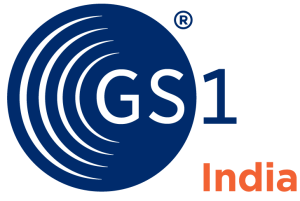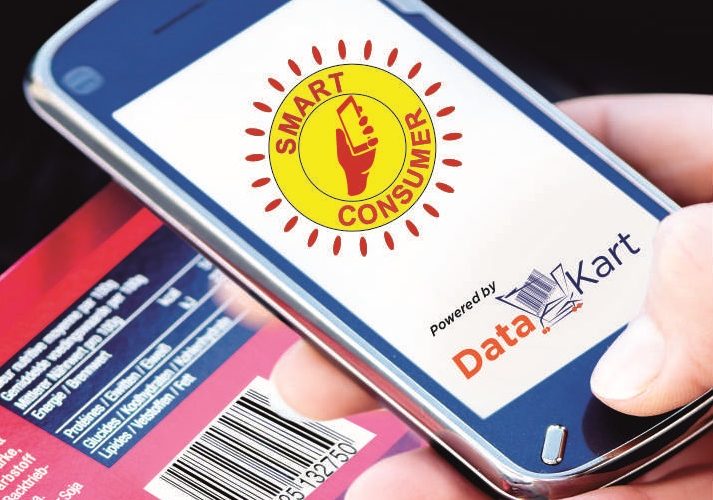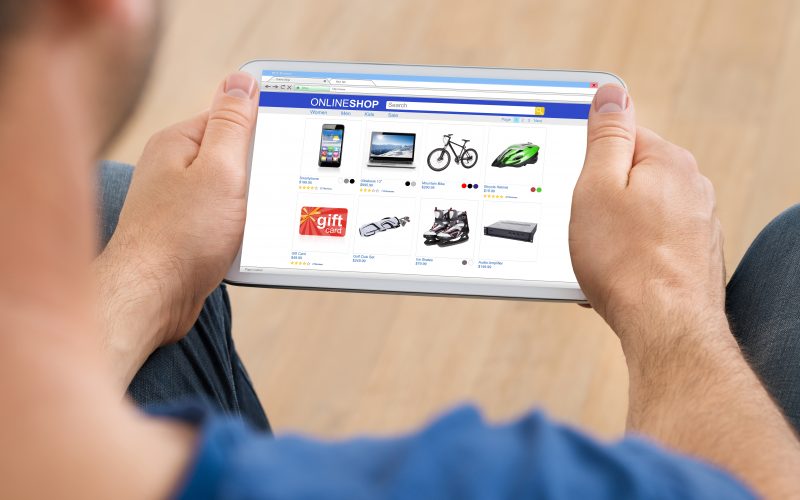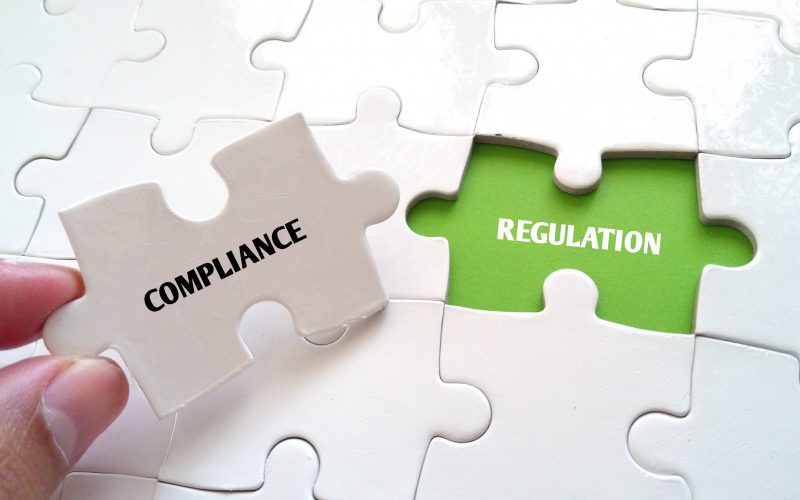Global Trade Item Number (GTIN) can be used by a company to uniquely identify all of its trade items. GS1 defines trade items as products or services that are priced, ordered or invoiced at any point in the supply chain.
If you’re planning to sell your products in a retail market and want to ensure its effective movement in the supply chain, you need to have a 13-digit GTIN number encoded in the barcode of your product.
Let’s understand what GTIN is and why it is important for your products.
What is GTIN and Why is it important for your products?
Global Trade Item Number (GTIN) is an internationally recognized code to identify trade items that uniquely identify products globally and fetch accurate and efficient product information when scanned at the billing counters in a store or at a warehouse when receiving goods.
GTINs are also used in pharmaceutical drugs, where they are scanned while administering medication in a hospital to enhance patient safety or scanned while effecting receiving or dispatches at hospital store to maintain inventory, ensure faster processing.
Most commonly used GTINs are 13 digits code, known also as EAN code. Also, there are several different types of GTINs used on products. This includes:
-
GTIN 12: The GTIN-12 is encoded in UPC barcodes, which are predominantly used only in America and Canada. However, North American and Canadian companies have steadily been updating retail Point-of-Sale systems to be able to scan GTIN-13 and GTIN-8. If your trading partner still cannot scan these numbers, only then you will need to use a GTIN-12.
-
GTIN 13: European Article Number (EAN); 13 digit code used in the rest of the world including India. GTIN 13 (barcode number) in India starts with 890.
-
GTIN 8: Allows a smaller barcode to be used on smaller retail trade items.
-
GTIN 14: Used on general distribution trade items, not intended to be sold at the Point-of-Sale.
All GTINs, irrespective of their different digits or codes, have a similar structure under which each GTIN digit is made up of 4 components. The first component is Country Code which varies from country to country; the second part is Company Prefix, the length of which is functioned according to the company’s coding needs; the third component is Product Code, which is assigned by the brand owner to uniquely identify the product and the fourth component of GTIN is Check Digit, which is based on the previous digits and ensures that the GTIN is constructed properly.
Where are GTINs used?
GTINs are used in various aspects, especially where a product needs identification. That also includes IT systems, physical entities, etc. GS1 Standards define how to format and structure the GTIN in various applications so that the same GTIN can be used to identify the product for any of those needs.
-
Physical products: GTINs can be encoded into both barcodes and RFID tags along with the serial number and affixed to products to facilitate accurate identification as products move along with the supply chain.
-
Business transactions: GTIN can be used in e-commerce business transactions in order to reduce errors and boost machine-to-machine processing.
-
Internet applications: They can be represented as a Uniform Resource Identifier (URI) using GS1 Digital Link to support internet-based applications.
-
Databases & IT systems: GTIN can provide each product an identifier that can be used in systems like inventory management, logistics, etc, that helps to maintain the connection between the systems to enhance the quality and amount of data.
Benefits of labelling your product
By identifying your products with a GTIN number, you can:
- Gain increased visibility of your product pages in Google searches
GTIN numbers when also used in product pages help you achieve better SEO results by improving the visibility of your product pages in Google search results.
According to Google, database sheets with GTIN codes are classified at a 40 percent higher click rate and earn 20 percent more sales.
- Free barcode management through DataKart service
With a GTIN number on the product, you can easily assign and manage your GTIN numbers through free access to GS1 India’s DataKart service. It will allow brand owners to upload product information from a one centralized location and its advanced features enable sharing the product data with multiple suppliers in one go in their respective native file formats/structures.
- Facilitate exports of your product worldwide
As GTIN numbers are internationally recognized, you can easily export your products across the globe with GTIN numbers, eliminating the need to identify your products differently for export purposes.
GTIN Structure
GTIN Structure includes a string of digits, it can be 8,12,13, or 14 digits in length to accommodate different product limitations. Depending on the length these structures are known as GTIN-8, GTIN-12, GTIN-13, and GTIN-14. The GTIN usually has the following elements:
-
Indicator Digit: Indicator Digit is a number that ranges from 1-8, that is used to identify packaging levels/hierarchy of a product.
-
GS1 Company Prefix: A globally unique number assigned to a company by a GS1 Member organisation in order to generate GS1 Identification keys like GTINs.
-
Item Reference: An Item Reference number, that has no logical explanation, it is just a number assigned by the user itself to identify a trade item. It’s length is based on GS1 company Prefix Length.
-
Check digit: The Check Digit is the last or final digit calculated from the preceding digits of the GTIN number. This digit is extremely important as this is used to check that the data is correctly collected.
GS1 and GTIN
If you want your product to be recognized in the marketplace, you need to have a GTIN code on the back of it, encoded in a barcode/RFID. GS1 – the global supply chain standards organisation, provides unique and universal identification to products through GTIN.
GTINs can also be used to uniquely identify products at different packaging levels; for instance- at the customer unit level, at the inner pack of the product, and at the carton/pallet.
After realizing the importance of GTINs in the supply chain, mostly all the brand owners are now labelling GTINs on their products to boost their visibility in the marketplace so that they can sell their products on various platforms.
Connect with GS1 India and reap all the benefits of GTIN number.
Frequently Asked Questions
1. How do I get a GTIN code?
If you want to sell your products on any e-commerce platform site, then you would have to register your business at GS1 India's official website for the allocation of GTINs. These are generated through their single repository for data of all the products in India - Datakart. This platform enables the online generation of GTINs and the management of all the product information at one place.
2. Is the GTIN code the same as the UPC?
A GTIN code and UPC are not the same in their structure. A GTIN code can have 8,12,13, or 14 digits, while a UPC can only have 12 digits. Another difference between these two is the fact that GTIN codes can be used globally, while UPCs can only be used in North America.
3. What is a 14-digit GTIN barcode?
GTIN-14 is a 14 digit number used to allocate trade items at different packaging levels. The encoding of barcodes of the GTIN-14 basically happens within an ITF-14 barcode, but various industries and applications use GS1-128 to encode GTIN-14s.
4. How do I find my GTIN number for my product?
GTIN also known as Global Trade Item Numbers (GTIN) are used to identify every product sold on any e-commerce site. GTIN is a universal identifier that is found on the product's cover or packaging, either above or below the bar code.
5. Is GTIN different from barcode?
GTIN is a unique identifier number that is used in a barcode. It is the numerical form data, and the UPCs or EANs are the barcode images that contain the GTIN.
6. What is the difference between SKU, EAN and GTIN?
The SKUs are in the form of a series of numbers and letters that can change depending on the inventory of the product in a specific business. EAN is an international identifier in the form of a barcode image that has been involved in the GTIN system.












